Get to Know Your Mindbliss Authors
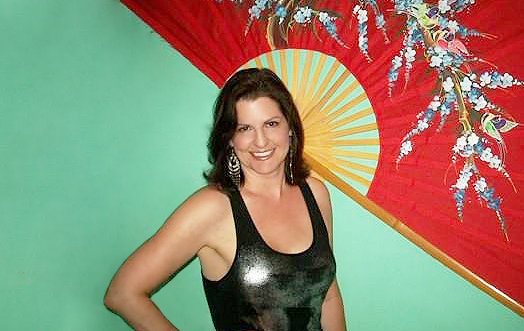
How did you get into meditation and how has meditation impacted your life?
I got into meditation at a young age. My mother was a member of the Inner Peace Movement in Berkeley, CA.
How meditation impacts my life is it aligns me to what is available to all of us within the universe. It has built a solid bridge with my Angels, guides, teachers and ascended masters. The bridge or connection is so strong now that I do not have to meditate to connect, they are always there supporting me as I support humanity. This allows me to connect with people all around the globe and to better support them with personal change and empowerment.
Describe your meditation experience, how does it feel when you are in a meditative state?
Well everyone’s experience is different. For me personally when I meditate with music or no music, I feel this energy wrap around the back of my head. It’s like a buzzing energy or vibration. I allow that energy to build and move upward to the crown of my head. Next, I visualize myself sitting on an old tree stump, connecting me to Mother Earth. Then I visualize the top of my head opens up like a lotus flower and then beams of light come out and connect me with the stars, planets, sun, and beyond. I then draw that energy down into my body watching it swirl and mix with the Earth’s energy. Now I am ready to receive, listen and enjoy what comes.
When I listen to a guided meditation, my focus is relaxation and allowing the spoken words to gently guide me. I set the intention to being open to change and to trust the person guiding me. If my mind wants to drift, I allow it. I allow my third eye to give me any messages or images that might support me with my intention to change. I do my best to leave my ego and judgmental mind outside the room. If I allow my mind to pick it apart or question what is being said, I am not allow or receiving. I am trying control, manipulate and/or change the message. Therefore, trusting and going with the flow is best.
If you struggle with time and it feels like work, I don’t try to meditate because your mind is not in the right place. One should be open and willing to commit the full time to receive the gifts the sender is speaking to you in a guided meditation.
What is the top 3 most valuable life advice you can give from your life experience so far?
#1 Be your authentic self and know your worth.
#2 Live your truth.
#3 We are one: The light in me is the same light within you and this light is one with God/Love/Source/Universe. We are one in the same. Therefore, you matter because there is no separation.
What is your favorite quote?
“Your PURPOSE has nothing to do with what you do. Your purpose is about discovering and nurturing who TRULY are, to know and love yourself at the DEEPEST level and to guide yourself back HOME when you lose your way.” ~ Kris Carr
What is something easy and simple that we can do right now to make the world a better place?
Spread kindness. Step outside the box of comfort and give a smile to a stranger, say hello, open the door for someone, do a random act of kindness, and/or say something kind to someone who needs to be reminded that they matter.
What would you say has been the biggest benefit from meditation?
The biggest benefit of meditation is all the positive rewards you can receive by taking the time to do it. You can achieve peace of mind, the wonderful sense of relief, a healing, new perspective, release of trapped emotions, enlightenment, and the list can go and on.
Meditation creates the platform for you to clear the space, leave the baggage outside the door, put your ego on the shelf, have your authentic self-step forward, and open yourself up to endless positive possibilities in personal empowerment.
What is the biggest challenge you had to overcome? How did you overcome it? And what lessons did you learn from it?
The biggest challenge I had to overcome was PTSD in 2017. I learned that the one’s that created the PTSD trauma actually gave me a gift in the end because I always wanted to know what happened to me during a 1 year period when I was 4 years old.
This was something my soul NEEDED to experience, learn and release in order for my soul to expand back into the vibration of LOVE. Trust me, it was hard to accept that it was a gift because I wanted to stay attached to blame, but from a soul perspective it was a gift. I just had to step out of the human ego and mindset.
How I overcame the PTSD was using EMDR and my method of forgiveness. The EMDR revealed the repressed memories that created the PTSD triggers around the two people. The forgiveness was to SEE them from a soul perspective and not a human perspective. Because if I imagined them as they are in human form, I would experience resistance. When I saw them as love and light (the same light within us all), the forgiveness was simple. I spoke from my heart, I could feel their acceptance and forgiveness in exchange, and knew that it set us both free.
The lesson I learned was I discovered a deeper level of love, understand, compassion, and forgiveness with myself and with others. It also deepened my connection with God, my Angels, guides and spiritual teachers. I realized people do chose to come into this world as pure evil because they accepted that role to teach us forgiveness, love, compassion, mercy, and meaning. It all depends on how we view it. It’s why they say, “Love your enemies.” The love will neutralize their hatred because you chose to rise above it and stand in your truth/knowing/light/worth.
When you think about happiness, how do you define that for yourself?
Love this question. Happiness to me is all around me. You just have expand your awareness.
For me it could be the frost on a leaf that makes me smile, the sound of my cat snoring, the sun warming my skin, the smell of food cooking, the twinkle of love in my son’s eye, a warm embrace, and much more.
Happiness to me is close to being constantly grateful for all I have, do and see in the world around me. It’s a choice and I chose to feel, see, hear, and experience happiness as a way of life.
Do you have a message for our Mindbliss Community?
Six inches above our heads is all the information and resources you need within the universe. It’s like a highway of knowledge. So, imagine above your head is an endless highway of thoughts pass by constantly.
Everyday we have between 60,000 to 80,000 thoughts a day. A good majority of those thoughts just pass by and we apply no meaning to it. But when someone makes us mad or says the wrong thing, we can grab hold of that thought. We give it meaning and purpose. Then we can start to stew on it and obsess over it. Having more thoughts around that one thought pattern.
Then that one thought gets anchored in and we are stuck. Attracting more and more of those same thought patterns and experiences. Our thoughts create our reality.
I created my PTSD and I too got stuck. I had to learn to ALLOW those negative thoughts to just pass on by with all those other thoughts. I no longer wanted to give the negative thoughts meaning, purpose or control over my life.
I learned to talk less about my story and focus more on who I wanted to be and how I want to live.
So, ask yourself what do you want to see, feel, hear, and experience in the world around you? For me, it is this… I see, feel, hear, and experience love in the world around me. I see love in everyone and everything. I purposely set this intention and send it out into the world. I affirm that I am bless and therefore I am. And when someone is does something unkind, I stop do a self-inventory as to how or why I attracted this into my life. If they are unkind, where have I been unkind? Has it been to myself or another person.
A thought is just a thought until we attach to it. At times it is best to just let some thoughts go and return to a place of being neutral. We are all perfectly imperfect. We are all just trying to find our own way within this highway of endless thoughts. When we learn to just let go of the thoughts that trigger us, then we really learn the meaning of inner peace.
Love, Keri Logan.


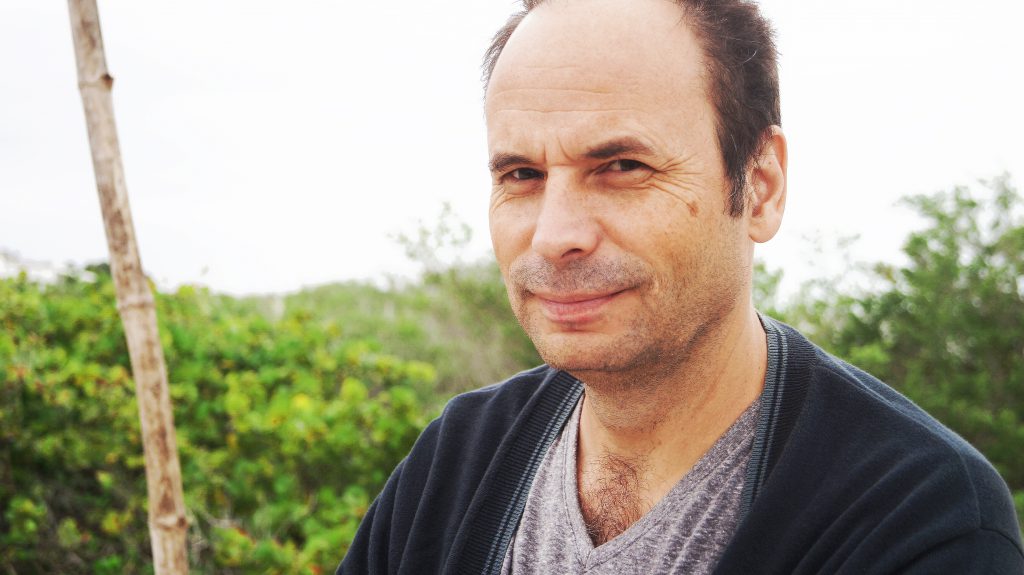


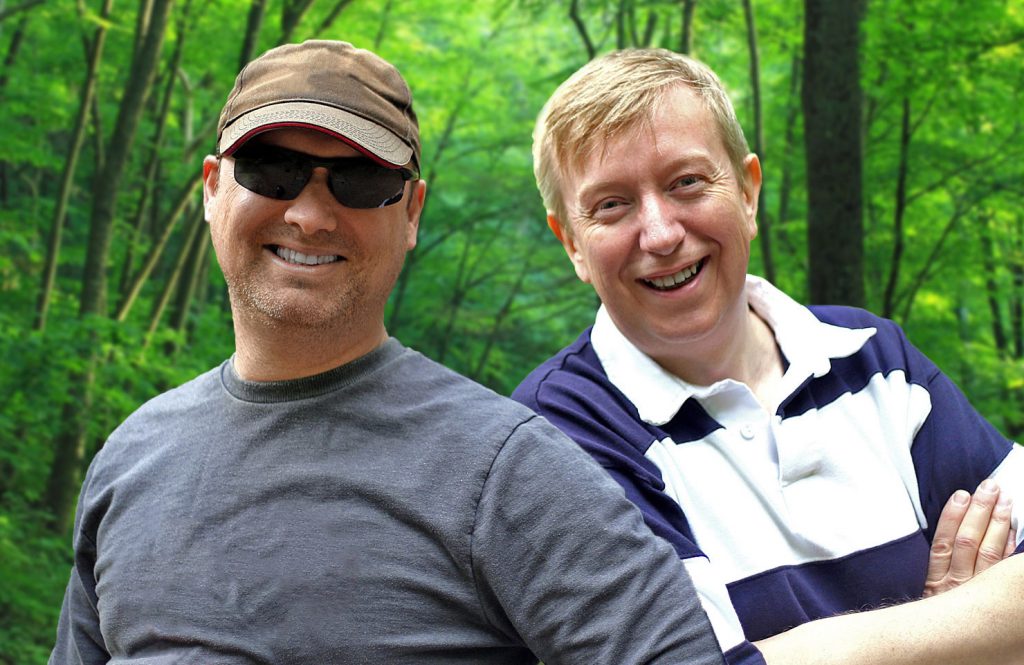
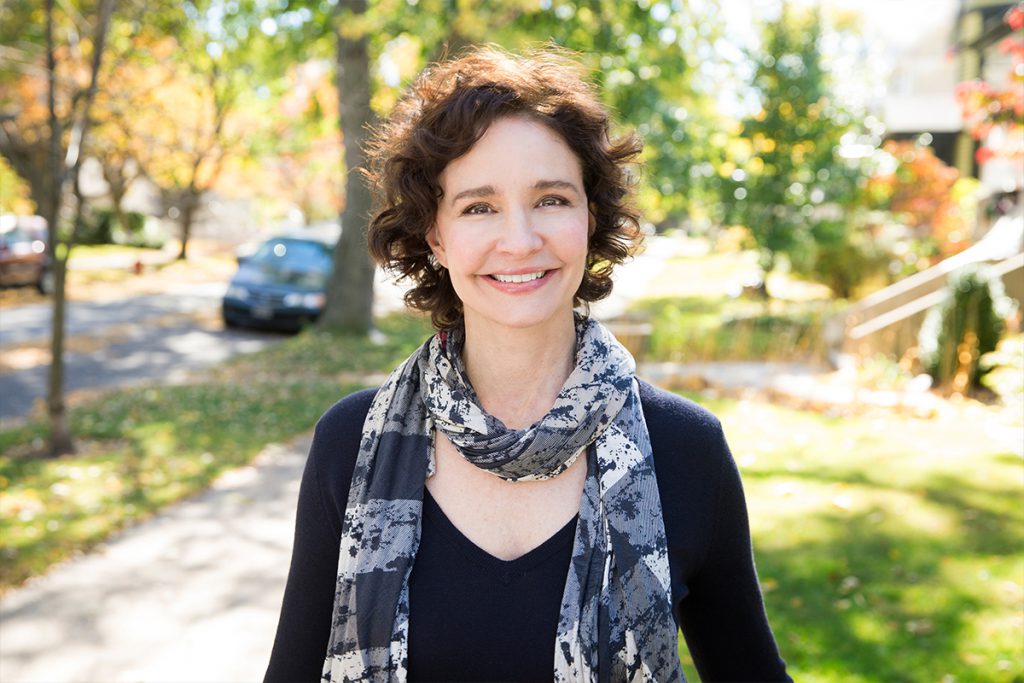
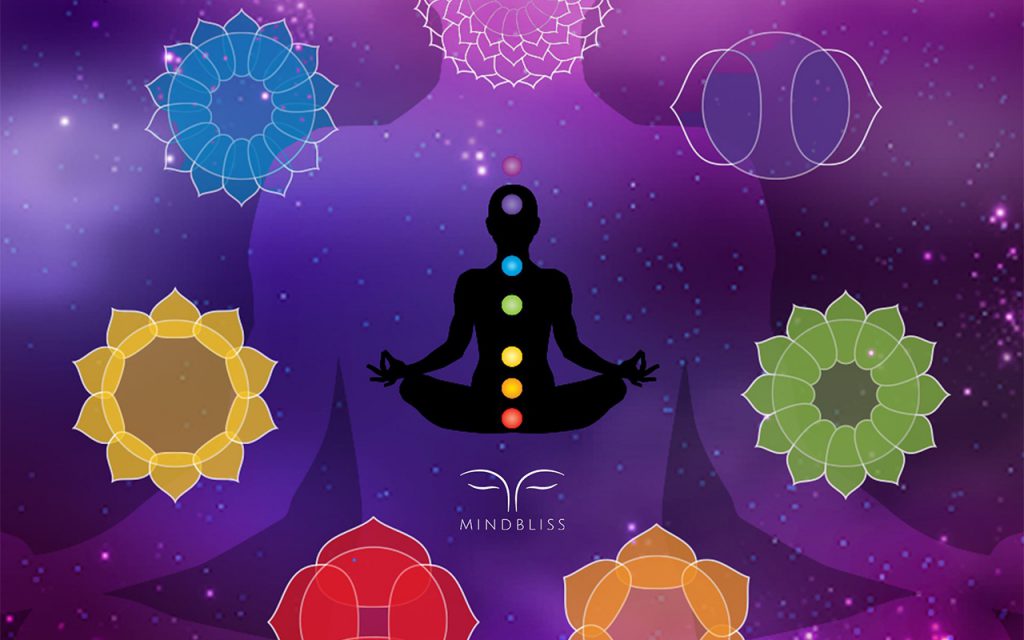
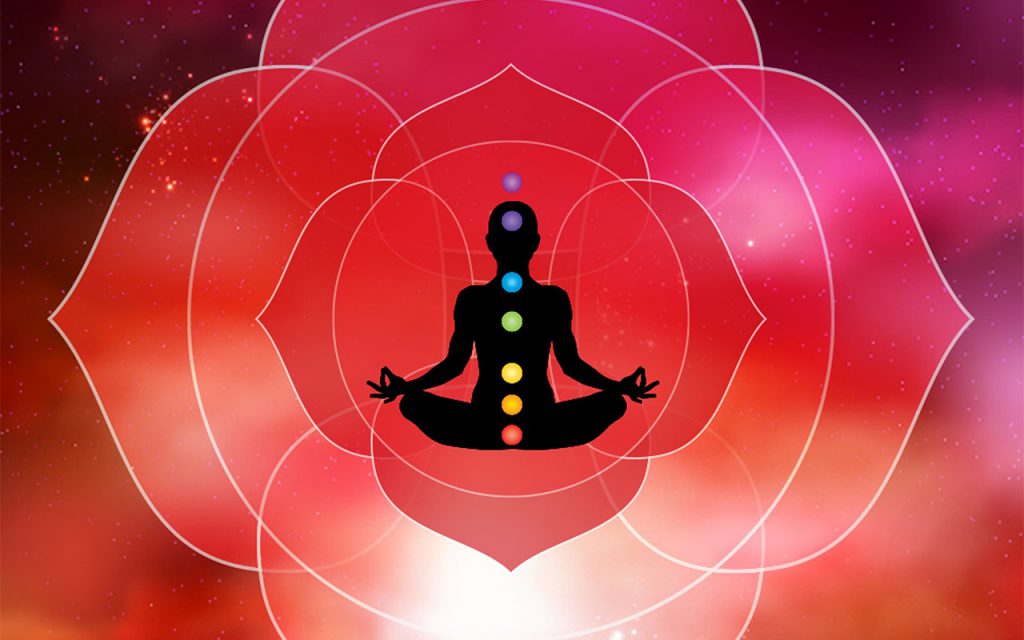
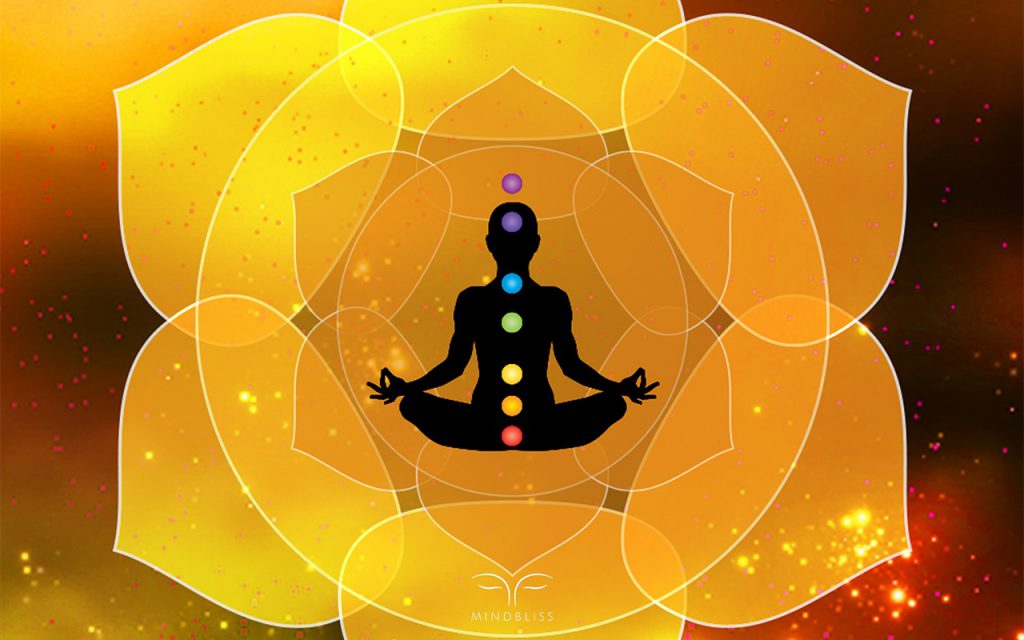
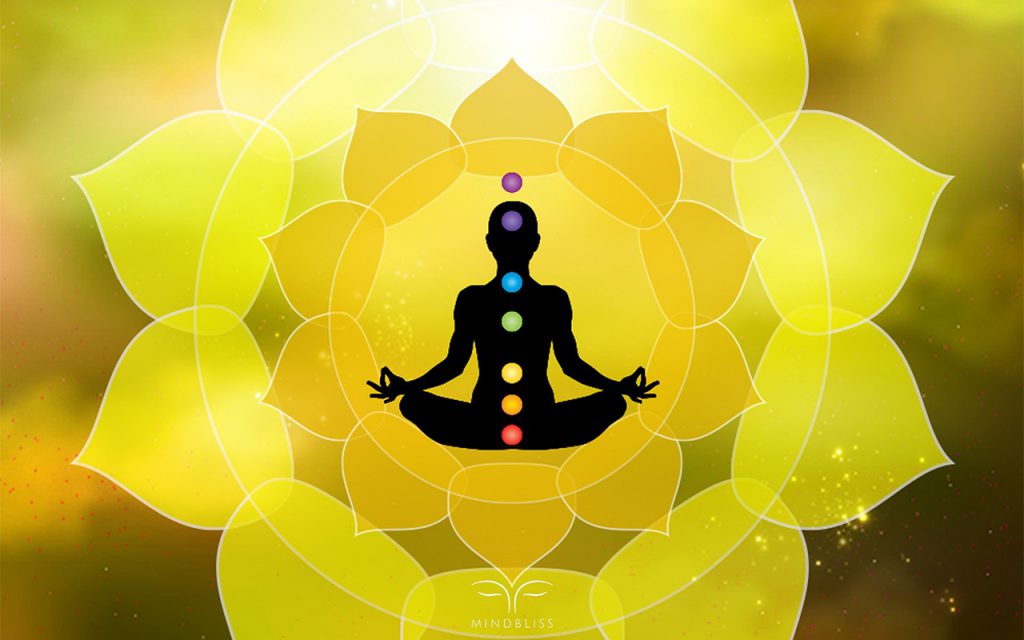
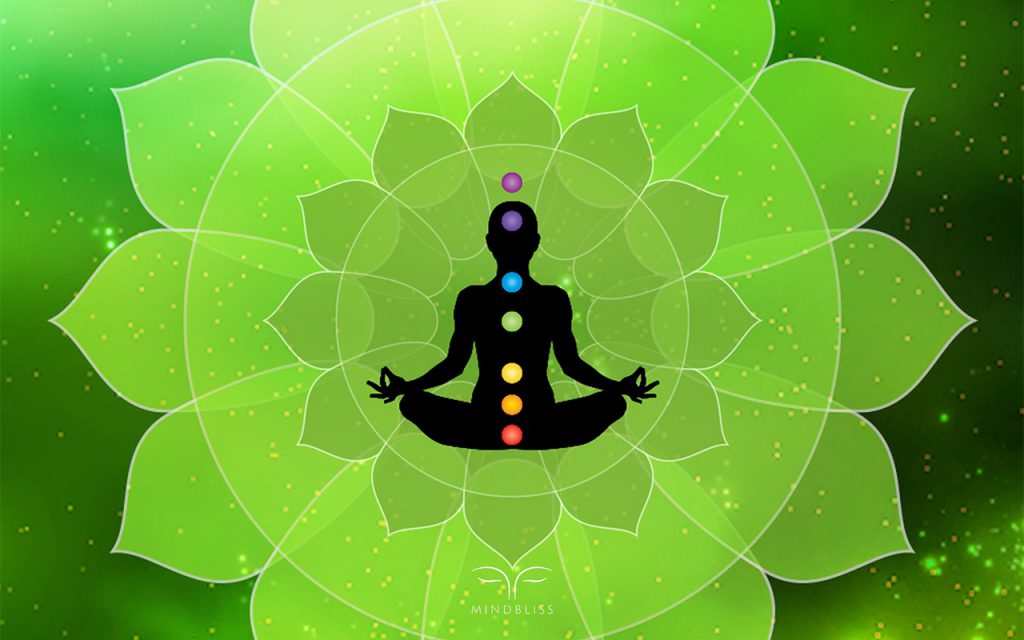
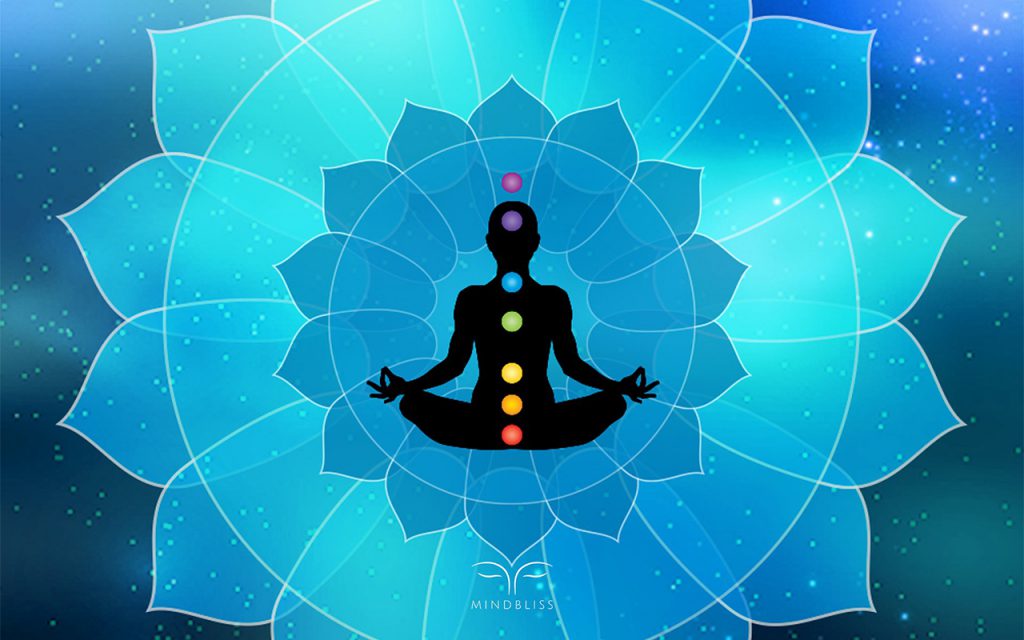
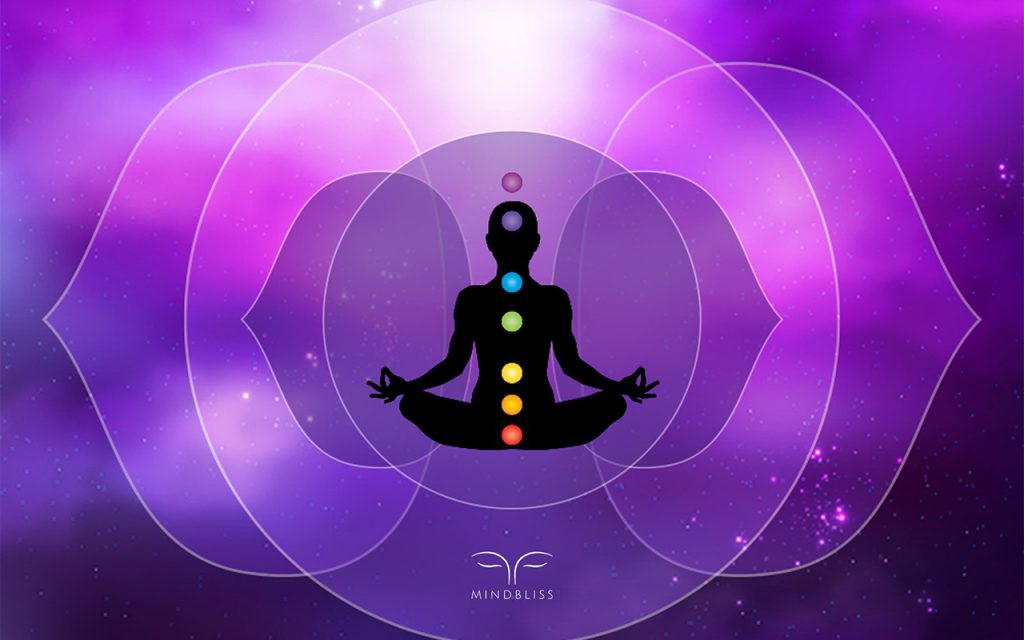
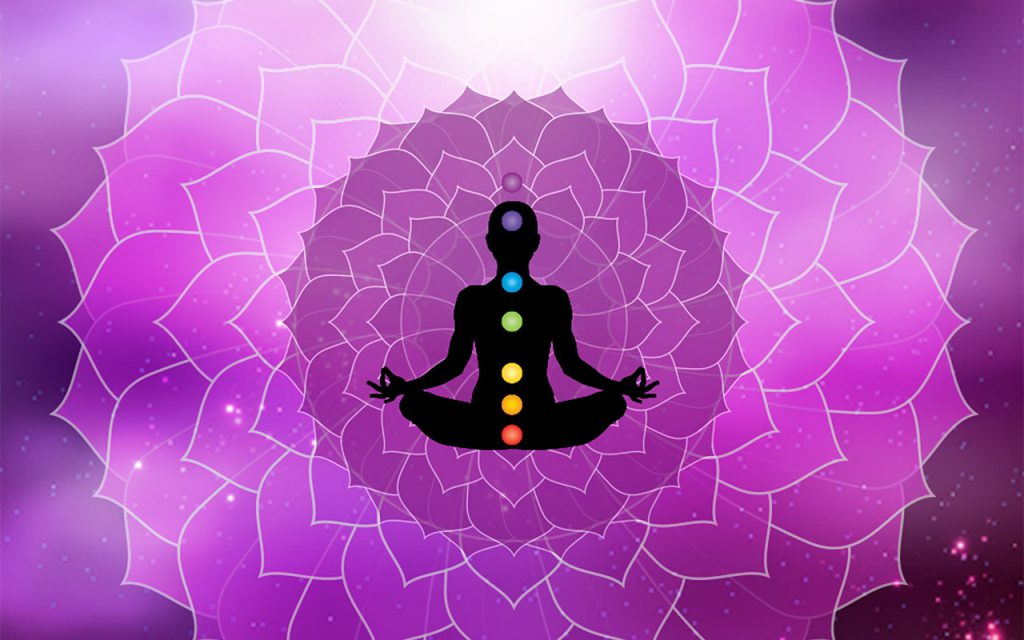
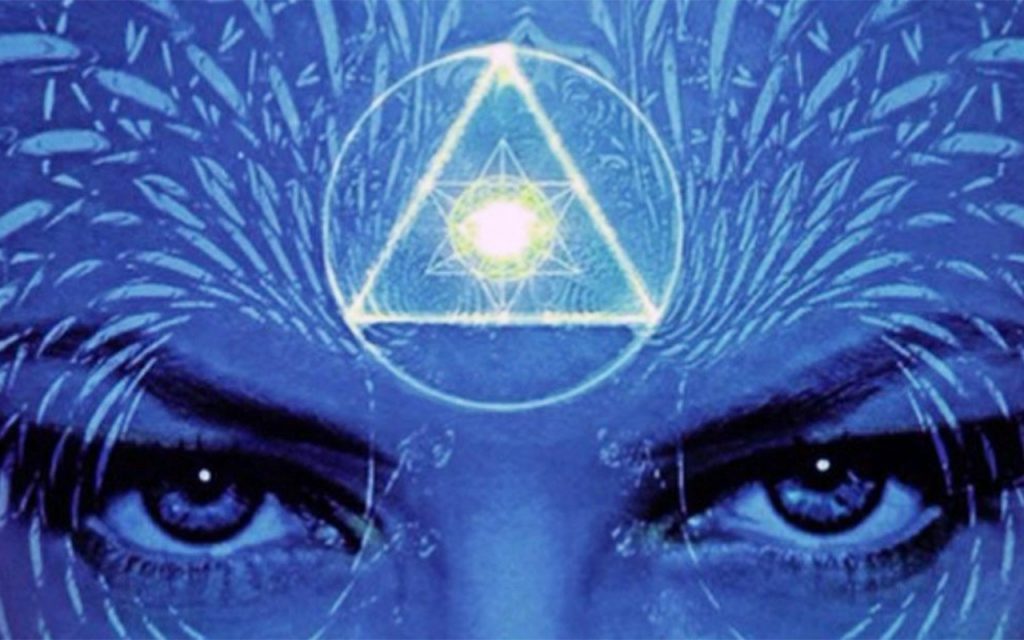
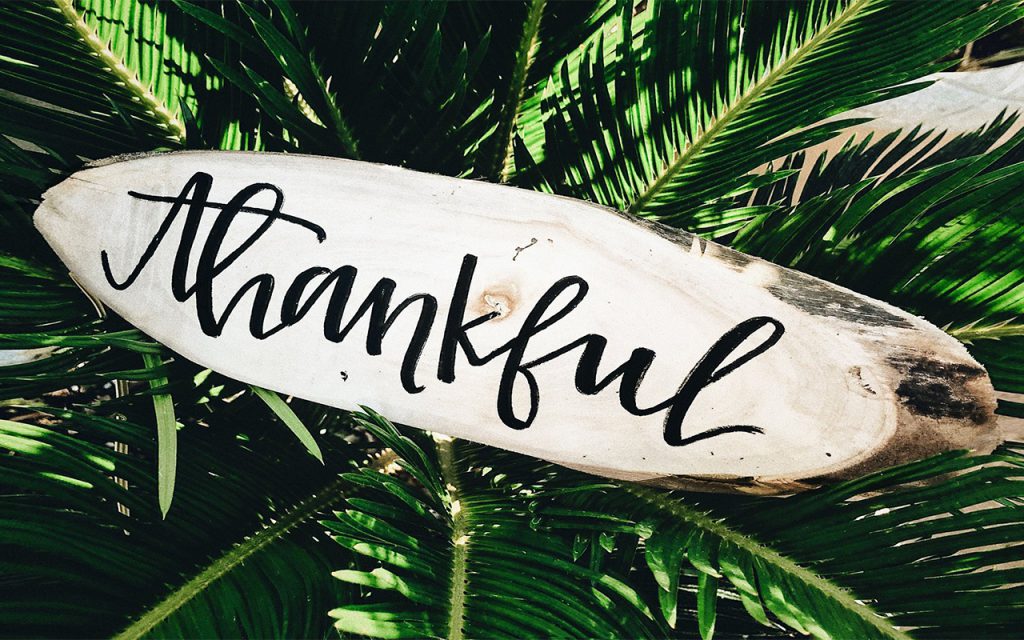
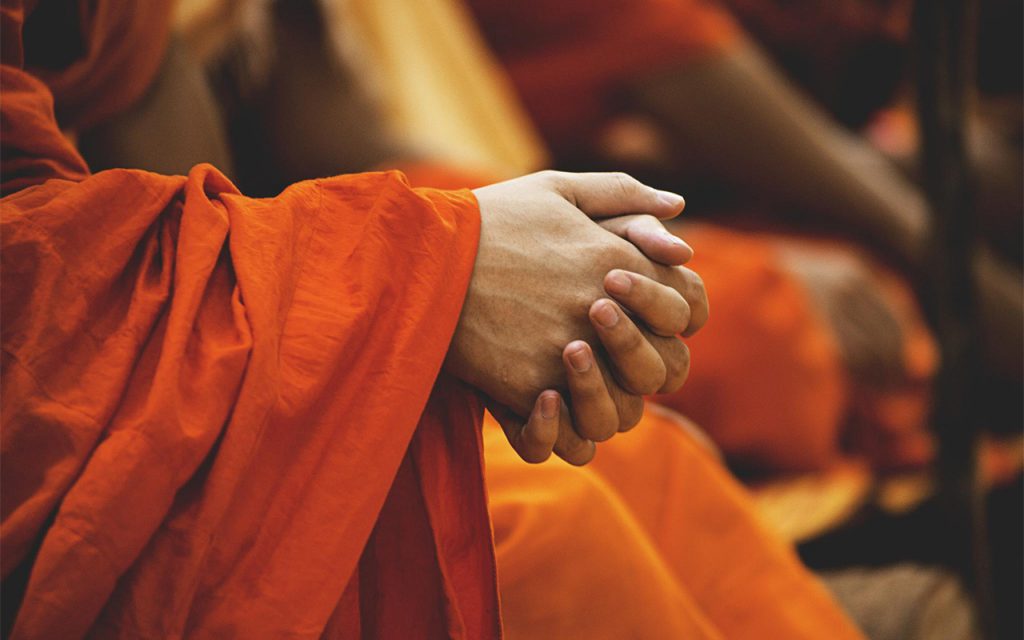

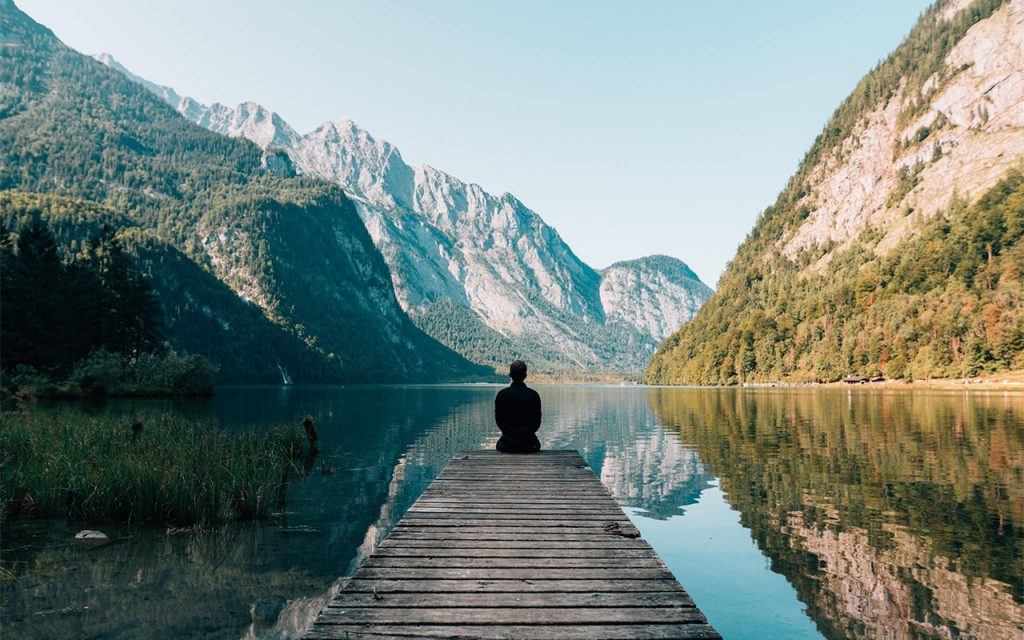









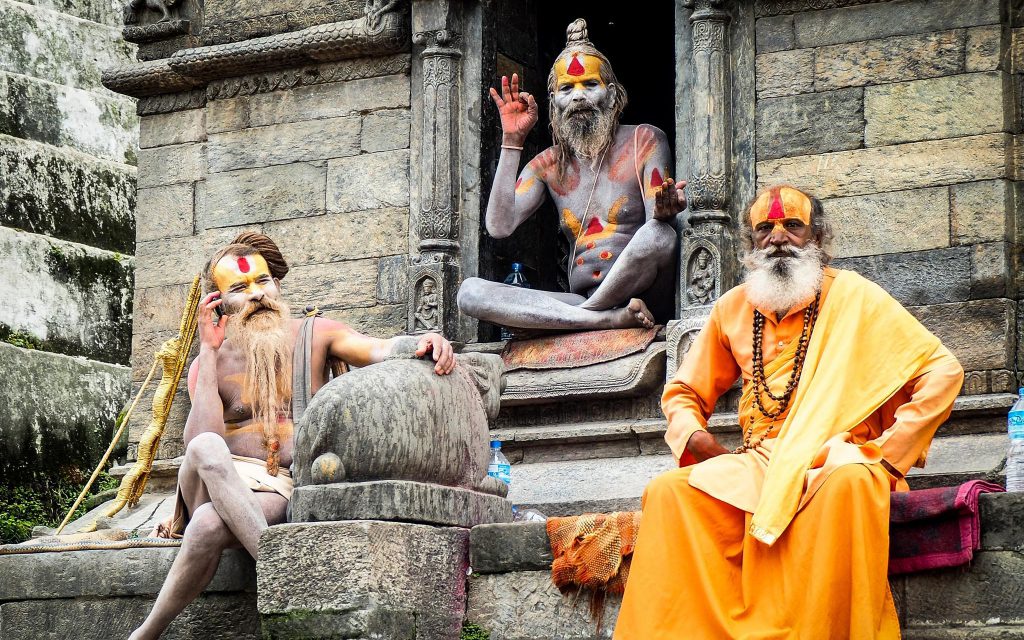



Recent Comments